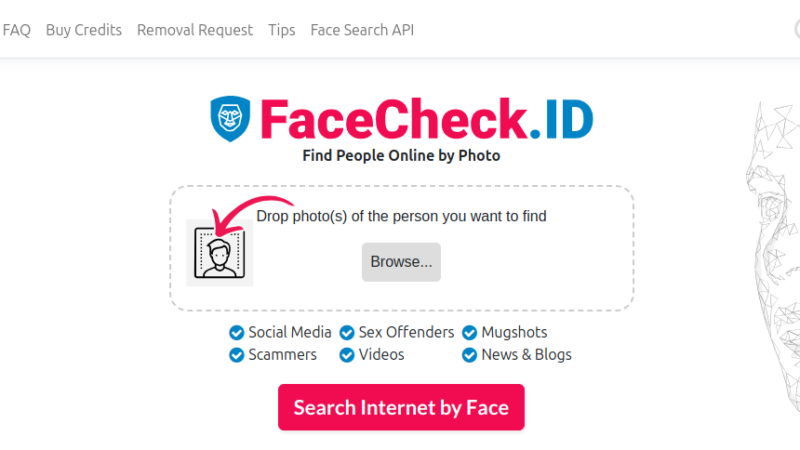What Are the Benefits of Data Merging?

As our lives become more digitized, the need to effectively manage and utilize data becomes more critical. Data merging is one way to help ensure your data stays organized and used to its fullest potential. Data merging combines data from multiple tables, files, or data sources. It can be used to create a single view of data for reporting or analysis. There’s no such thing as one size fits all when it comes to data. Different businesses have different needs and, therefore, diverse data sets. This is where merging comes in. Keep reading to learn more about what is data merging and its benefits.
Reasons To Use Data Merging
Data merging is combining data from two or more sources into a single, unified data set. You can do this manually by importing the data into a single file or database. It can be automated using software that extracts the data from various sources and combines it into a single dataset.
The benefits of data merging are numerous. It allows you to combine information from multiple sources, providing a more complete and accurate picture of what’s happening in your business. It also makes it easier to analyze and report on data since all the information is in one place. Data merging can help you identify trends and patterns that might not be visible when looking at data from individual sources. It can improve decision-making by providing a more comprehensive view of the business landscape. It can also help you identify opportunities and problems that may not be apparent.
Benefits of Data Merging
The benefits of data merging are numerous and can be broken down into three categories: improved efficiency, improved accuracy, and enhanced security.
Improved Efficiency: Data merging can enhance the efficiency of your business by reducing the time required to gather information from multiple sources. This is because you can streamline your operations using a single, cohesive data set. You no longer have to waste time trying to reconcile different data sets. It also allows you to combine data from different systems into a single source, making it easier to analyze and report. When you combine multiple data sets into a single data set, you’re automatically increasing the accuracy of that data. This is because you’re removing any missing data or potential errors that may have been introduced when the data was first collected.
Improved Accuracy: Data merged from multiple sources is often more accurate than data from a single source. This is because errors in any one dataset will be corrected when the data is merged with other datasets. In addition, by consolidating data from different sources, you may identify inaccuracies that would not have been found in the data if it had been analyzed separately. The overall quality of data is improved when it’s merged. The data is cleansed and standardized when combined into a single set. Any duplicates or inconsistencies are eliminated, making the information more reliable and accurate. This can be especially beneficial for businesses that rely on accurate data to make informed decisions.
Improved Security: Merging your data can also improve its security. By consolidating your data into a single source, you make it harder for unauthorized users to access sensitive information. You can also use encryption techniques to protect your data further while it’s merged.
By having a more accurate and complete data set, you’ll be able to make better decisions for your business. You’ll have a better understanding of your customers, your products, and your overall market. It can also help you with your marketing efforts. By understanding your customers better, you can create more targeted and effective marketing campaigns. Merging data can give you more significant insights into your business. With a more comprehensive data set, you can identify trends and patterns you may not have noticed before. This can help you make more informed decisions about the future of your business.
How To Merge Data
Merging data can be a daunting task, but it can be a breeze with the right tools.
Using a database management system (DBMS), you can use data from multiple sources and merge that data into a single, cohesive view. There are several ways to do this in a DBMS. One common approach is to use the join operation. The join operation allows you to combine data from two or more tables based on a common field. For example, you might want to combine data from the Customers table and the Orders table to create a view of customer orders. The join operation would combine the data from the two tables based on the customer ID field.
Another common approach to data merging is the use of subqueries. A subquery is a SQL query that is nested within another SQL query. Once you execute the subquery, the results are used as the source for the outer query, allowing you to combine data from multiple tables or files, even if the tables do not have a common field.
The third approach to combining data is the use of the UNION operator. The UNION operator allows you to combine the data from two or more tables or files into a single table. The data is combined based on the column names and data types. The UNION operator is helpful when you want to combine data from two or more tables with different column names.
The final approach is using the CTE (Common Table Expression). A CTE is a temporary table defined within a SQL query. The CTE combines data from multiple tables or files. The CTE is helpful when merging data from two or more tables with the same column names.
Data merging is a necessary process that can benefit businesses and organizations. By combining data from different sources, companies can get a more complete and accurate picture of what is happening in their organization. This can help them make better decisions, identify trends, and troubleshoot problems. Additionally, data merging can help improve the accuracy of reports and other data-based outputs.






